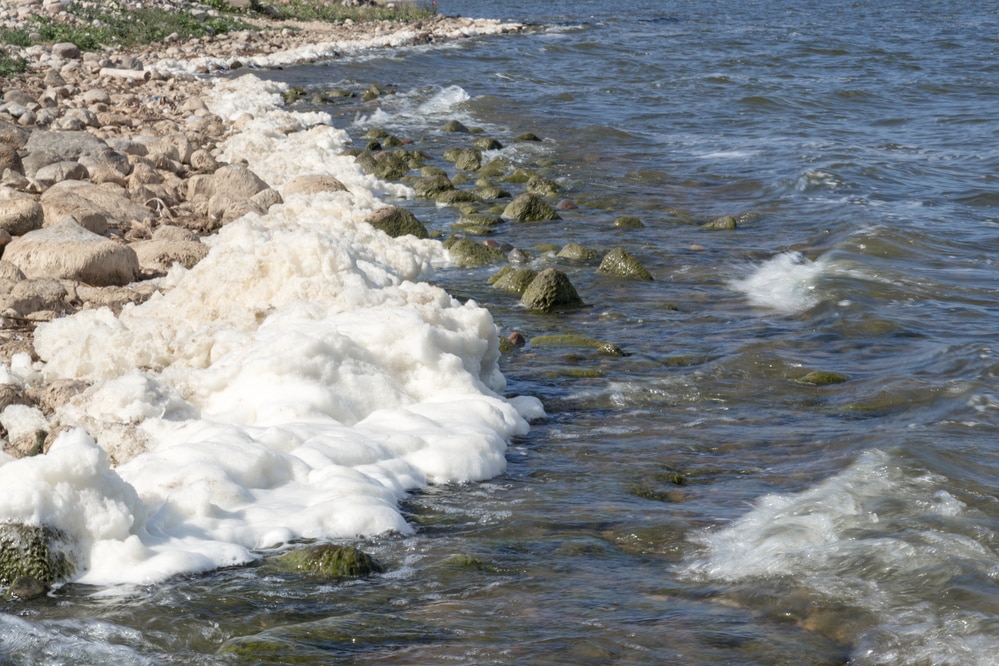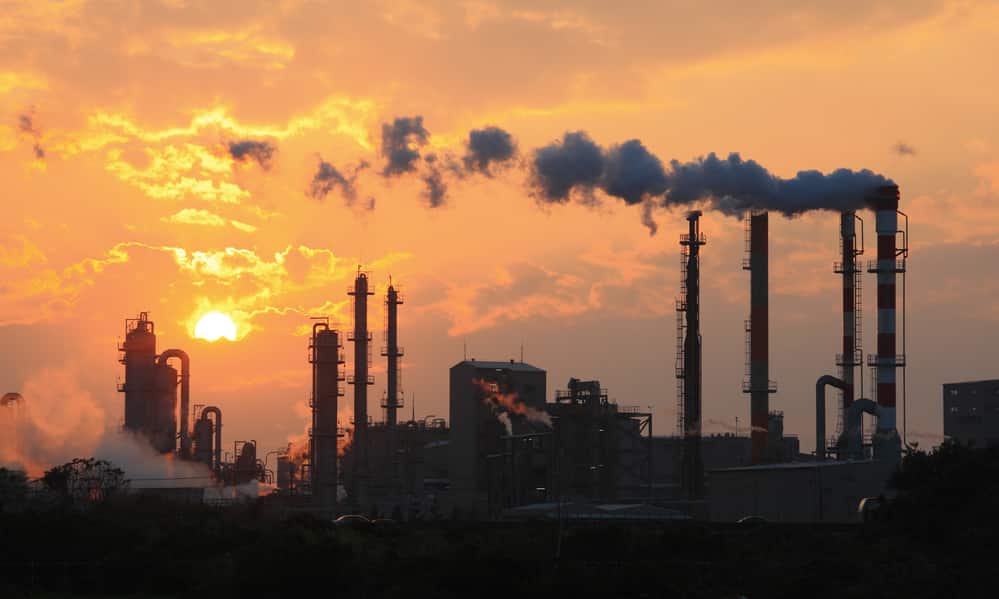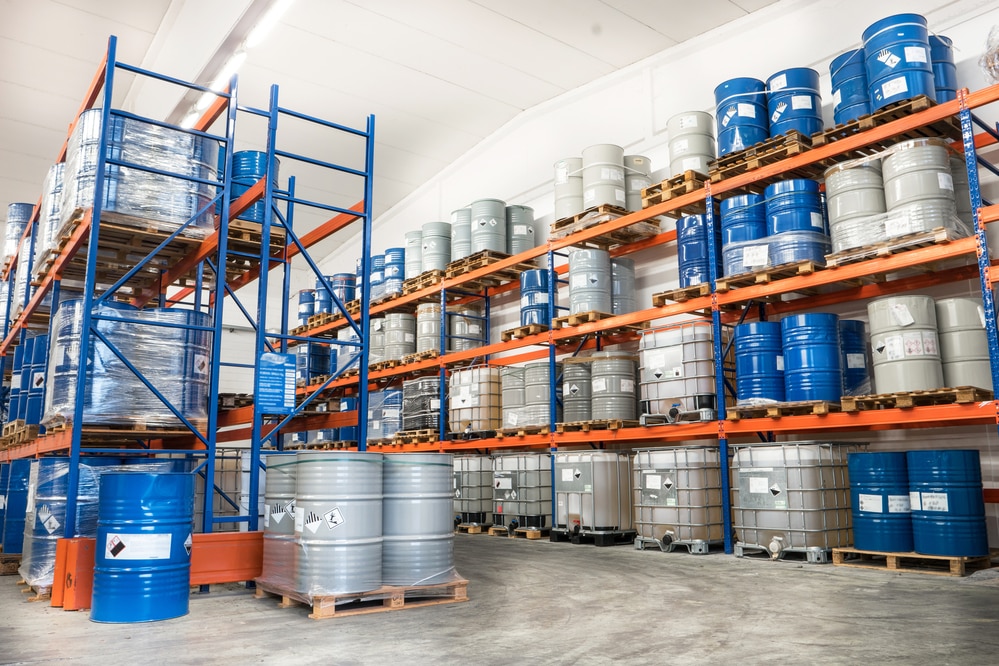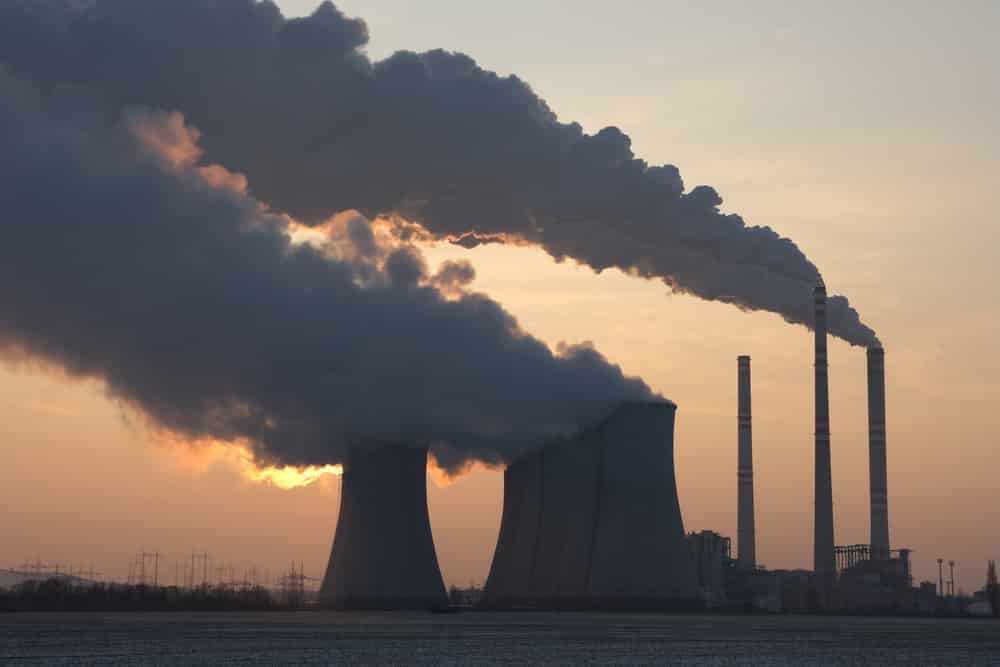PFAS are everywhere, but what the heck are they and what do you need to do? Read on to find out.
How Soil Vapor Extraction Works
When vapor-forming chemicals seep from the ground, vapor intrusion becomes a problem. In vapor form, these volatile chemicals can easily invade nearby homes and businesses, exposing residents and customers to harmful chemicals with dangerous side effects. Fortunately, environmental experts have honed several methods to eradicate these soil vapors. Soil vapor extraction is one such method. …
What Is an Environmental Impact Statement?
When you think of a company with a significant environmental impact, you might picture a massive operation in the energy or manufacturing sector. However, the truth is that even the smallest project can have a lasting impact on the environment. With that in mind, the U.S. Environmental Protection Agency (EPA) maintains a database of Environmental …
How to Improve Indoor Air Quality
Indoor air quality is a hot topic, especially as workers return to office environments. As the COVID-19 pandemic rages on and cold and flu season approaches, negative indoor air quality can have serious health consequences for workers. Read on to find out how to improve indoor air quality to ensure your team is taken care …
Pollution Prevention Techniques and Resources
Per the Environmental Protection Agency (EPA), preventing pollution isn’t just a lofty corporate value – it’s a responsibility. By actively working to prevent pollution, your company can protect your neighborhood, your community, and the environment as a whole. Pollution prevention is also an excellent way to establish your organization as a good corporate citizen, boosting …
What Is a Risk Management Plan?
According to a survey by The Economist, consumers believe that brands have a responsibility to prioritize environmentally-friendly practices. Unfortunately, many companies still take a reactive, rather than proactive, approach to environmental management. A Risk Management Plan is a crucial step toward a proactive approach – but what is a Risk Management Plan? Read on to find …
An Introduction to the U.S. TSCA Inventory
Most manufacturers, processors, and importers all have one thing in common: the regular handling of chemical substances. That isn’t limited to harmful substances, either; many manufacturers handle a number of nontoxic organic substances on a daily basis. The Toxic Substances Control Act, otherwise known as the TSCA, is one way for the Environmental Protection Agency …
Why Are Chemical Inventories Necessary?
A hazardous chemical inventory list, or chemical inventory, is simple: a list of all potentially harmful products in use at an industrial facility. These products can range from everyday chemicals like pesticides and cleaners to industrial fuels and solvents. Chemical inventories are required by a number of regulatory bodies, including state and local agencies and …
What Is the Clean Air Act?
Step outside, take a deep breath, and experience the benefits of fresh air. Now, think about taking a deep breath – only to inhale a lungful of toxic chemicals. Fortunately, the ongoing quality of our air is part of a concerted effort by the Environmental Protection Agency (EPA). As North American industry continues to grow, …
How to Prepare for an Environmental Compliance Audit
Industrial facilities have a responsibility to protect the environment. This responsibility spans industry functions, encompassing everything from air emissions to groundwater pollution. With this in mind, the Environmental Protection Agency (EPA) enforces a number of laws addressing a facility’s environmental impact. To better enforce these laws, the EPA encourages the use of environmental compliance audits. …


